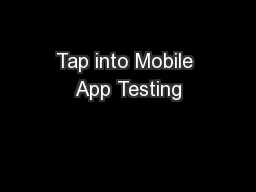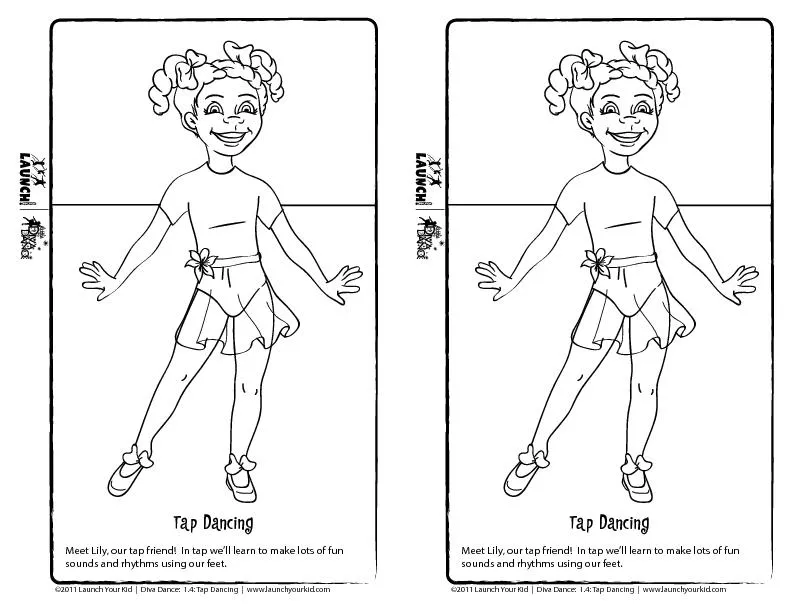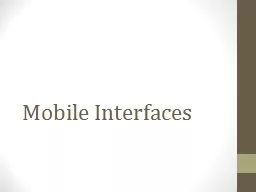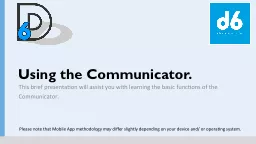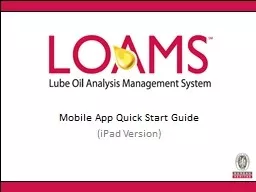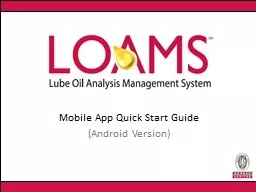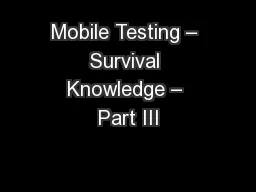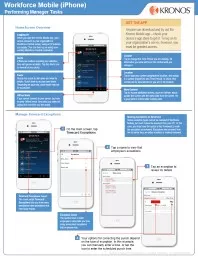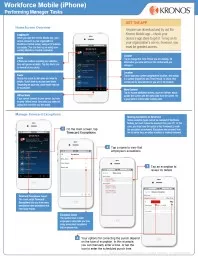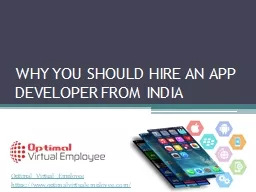PPT-Tap into Mobile App Testing
Author : liane-varnes | Published Date : 2019-02-06
Andreea Haras 11092013 Agenda Introduction Mobile Testing vs Traditional WebBased Testing Challenges in Mobile Testing Guidelines amp Best Practices Conclusion
Presentation Embed Code
Download Presentation
Download Presentation The PPT/PDF document "Tap into Mobile App Testing" is the property of its rightful owner. Permission is granted to download and print the materials on this website for personal, non-commercial use only, and to display it on your personal computer provided you do not modify the materials and that you retain all copyright notices contained in the materials. By downloading content from our website, you accept the terms of this agreement.
Tap into Mobile App Testing: Transcript
Download Rules Of Document
"Tap into Mobile App Testing"The content belongs to its owner. You may download and print it for personal use, without modification, and keep all copyright notices. By downloading, you agree to these terms.
Related Documents

